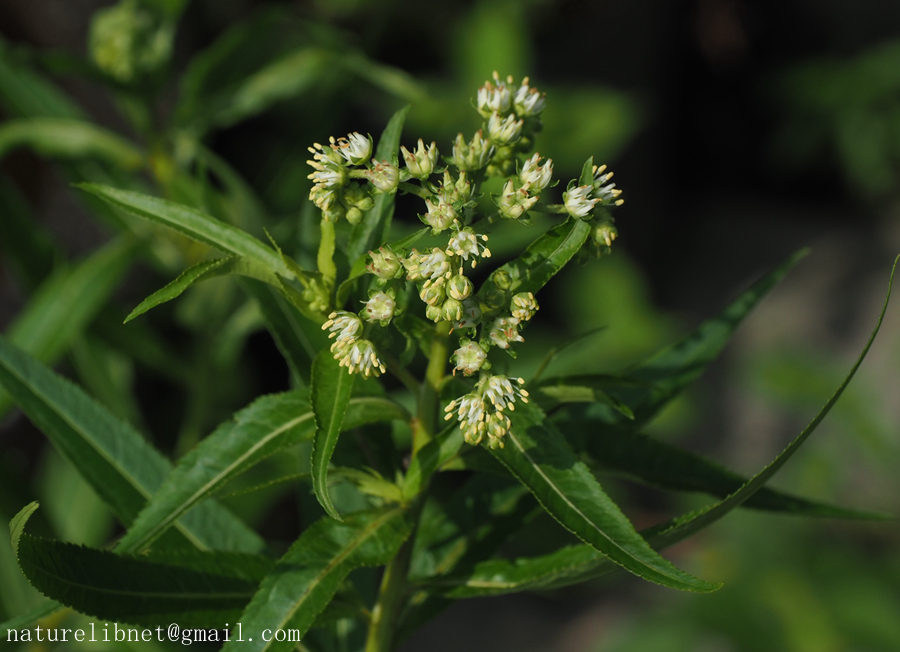- Scientific Name: Penthorum chinense Pursh
- Ref: Fl. Amer. Sept. 1: 323. 1814.
- Synonyms: Penthorum humile Regel & Maack;
P. intermedium Turczaninow;
P. sedoides subsp. chinense (Pursh) S. Y. Li & K. T. Adair;
P. sedoides var. chinense (Pursh) Maximowicz.
- Chinese Common Name: 扯根菜 che gen cai
- Japanese Common Name: たこのあし (蛸の足)
- Family: Saxifragaceae, Penthoraceae
- Genus: Penthorum
- Distribution: Forests, scrub meadows, wet places along rivers in lowlands, by water; 100-2200 m. Anhui, Gansu, Guangdong, Guangxi, Guizhou, Hebei, Heilongjiang, Henan, Hubei, Hunan, Jiangsu, Jiangxi, Jilin, Liaoning, Shaanxi, Sichuan, Yunnan [Japan, Korea, Laos, Mongolia, Russia, Thailand, Vietnam].
- Type: brought by Sir George Staunton from China
Herbs perennial, large, 40-65(-90) cm tall. Rhizome branched. Stems usually simple, rarely branched at base, proximally glabrous, distally sparsely brown glandular hairy. Leaves sessile or subsessile; leaf blade lanceolate to narrowly so, 4-10 cm × 4-12 mm, glabrous, margin serrulate, apex acuminate. Cyme 1.5-4 cm; branches brown glandular hairy; bracts ovate to narrowly so, small; pedicels 1-2.2 mm, brown glandular hairy. Flowers yellowish, small. Sepals 5, triangular, ca. 1.5 × 1.1 mm, leathery, glabrous, 1-veined. Petals 5 or absent. Stamens 10, ca. 2.5 mm. Pistil ca. 3.1 mm; carpels 5(or 6), connate near base; ovary 5(or 6)-loculed; styles 5(or 6). Capsule red-purple, 4-5 mm in diam. Seeds ovoid-oblong, tuberculate. Fl. and fr. Jul-Aug. 2n = 16.(Flora of China)
